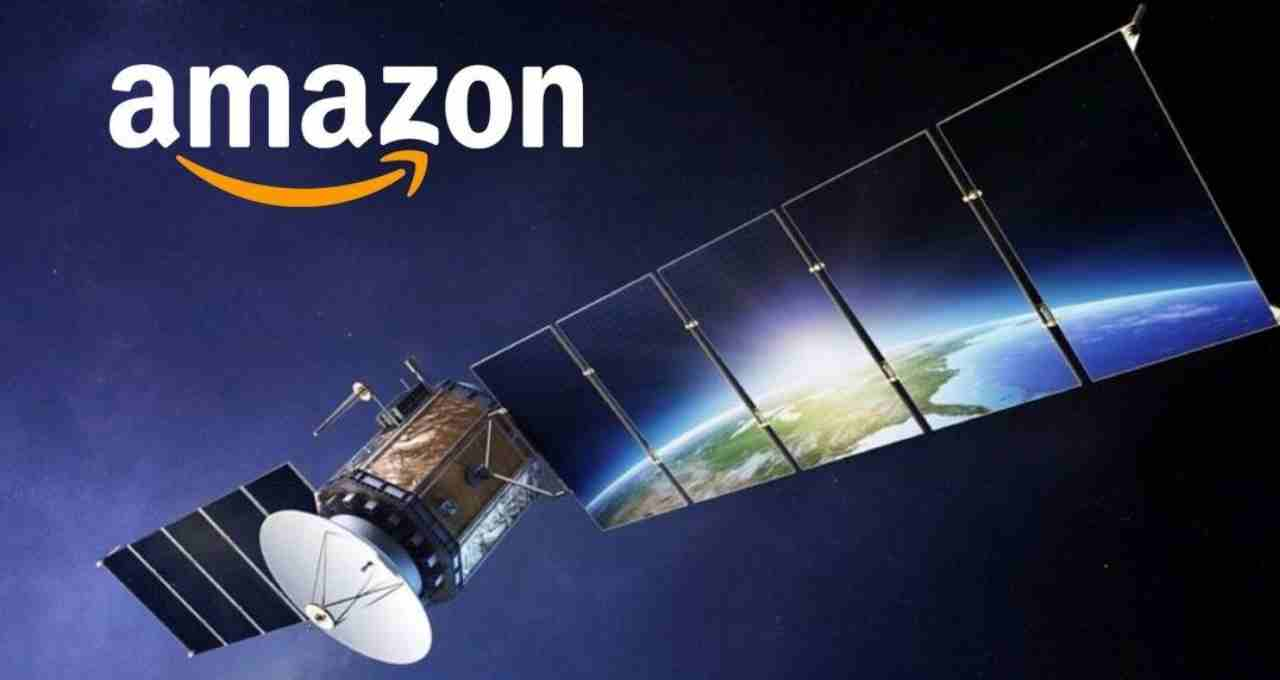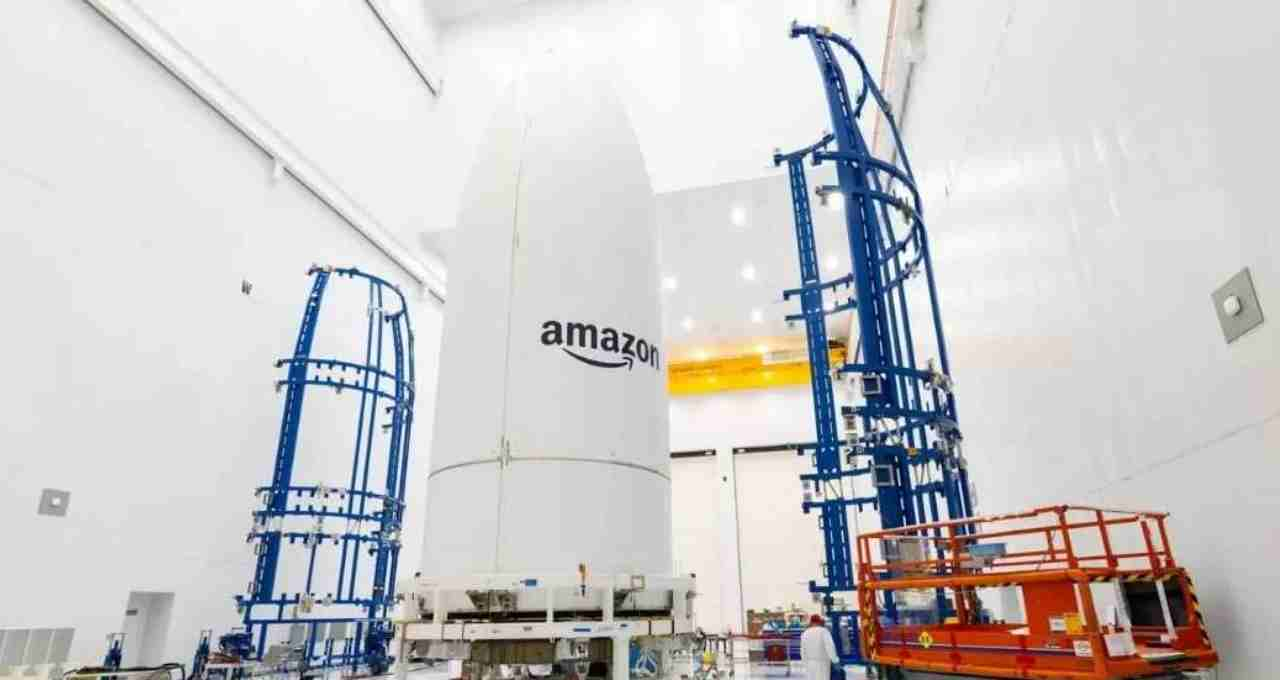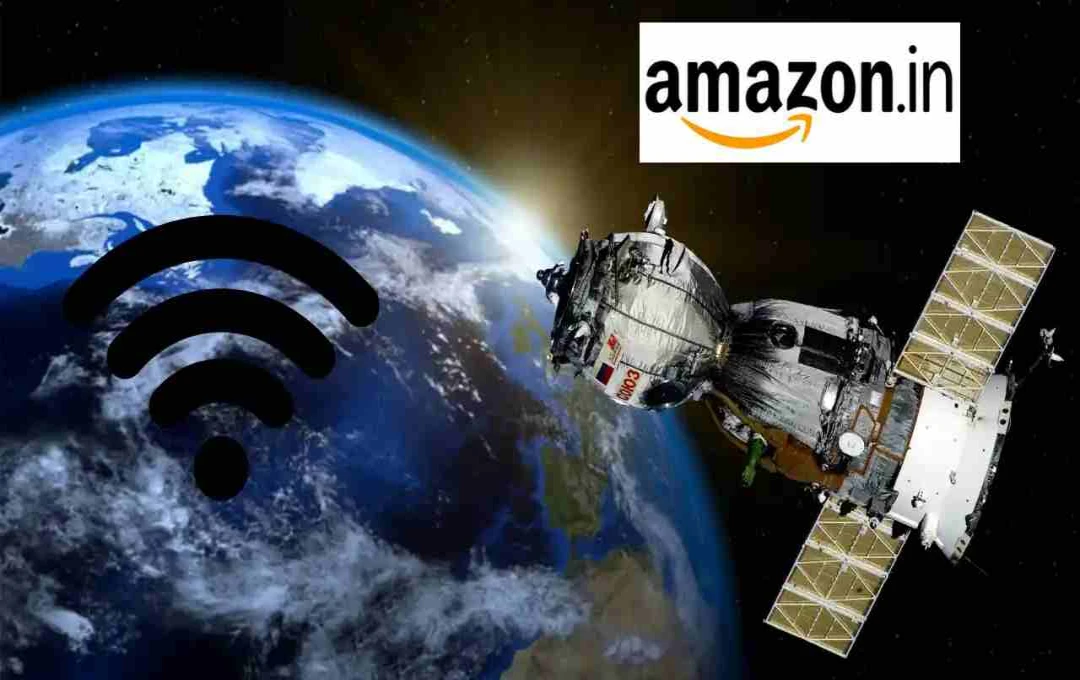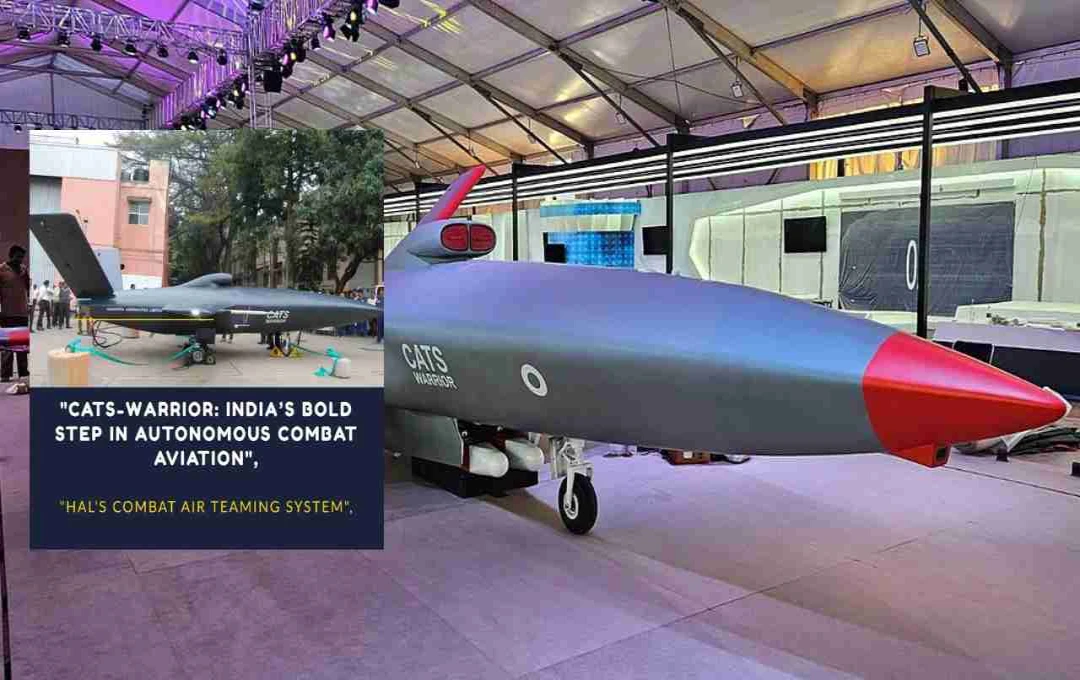Amazon has launched Project Kuiper, announced in 2019. On Monday, 27 internet terminals were successfully launched into Low Earth Orbit (LEO) as part of this project.
Kuiper Satellite: The satellite internet service sector has entered a new phase. While Elon Musk's Starlink service has dominated the field in recent years, a new player has emerged: Amazon, launching its much-anticipated Project Kuiper. On Monday, Amazon launched its first 27 internet terminals into space, destined for Low Earth Orbit (LEO).
This project, estimated at a cost of approximately $10 billion, aims to deploy a total of 3,236 satellites. Amazon's move will directly compete with Starlink in the satellite internet services market, creating new competition in the sector.
The Objective of Amazon's Project Kuiper
Project Kuiper's primary objective is to deliver satellite internet services to areas lacking traditional broadband infrastructure. The lack of internet access in remote and rural areas has been a significant problem, which this project aims to address. Amazon plans to provide high-speed internet services to regions inaccessible to traditional telecommunication networks. This will not only expand internet access but also reduce the global digital divide.
The launch of Project Kuiper clearly indicates Amazon's readiness to compete with Starlink. Starlink has already launched services in several countries, and Amazon is rapidly advancing in this direction. For this first deployment, Amazon launched 27 satellites on Monday in collaboration with United Launch Alliance (ULA), established by Boeing and Lockheed Martin, using an Atlas rocket.

Project Delays and Future Goals
Amazon initially planned to launch the project by 2020, but technical and regulatory issues caused delays. The U.S. Federal Communications Commission (FCC) urged the company to accelerate its progress. The FCC mandated Amazon to launch at least 1,500 satellites by June of next year to avoid falling behind Starlink. Starlink currently provides services in numerous countries across Africa, Asia, and Europe, posing a significant challenge for Amazon.
The company needs to accelerate its deployment; 27 satellites alone cannot establish widespread service comparable to Starlink. This means Amazon must launch more satellites rapidly to create a more effective network and establish a global presence.
Amazon's Vision and Target
Project Kuiper aims not only to expand internet services but also represents a significant business opportunity for Amazon. Through this project, Amazon aims to establish a b presence in the satellite internet sector. The company believes this project will enable it to deliver high-speed internet services to millions worldwide.
Another crucial aspect of Amazon's project is its focus on providing basic internet services globally, particularly in areas lacking alternative internet networking options. The project will establish infrastructure via satellites capable of directly delivering internet access to consumers.

Competition with Starlink
Starlink, operated by Elon Musk's SpaceX, is the leading name in satellite internet services. Starlink has already launched globally, providing internet services in numerous countries across Africa, Asia, and Europe. Starlink's networking capacity is continuously expanding, strengthening its position in the sector. Amazon's Project Kuiper is viewed as its main competitor. However, Amazon benefits from its vast technological and financial resources, giving it a competitive edge.
While Amazon and Starlink compete in the satellite internet arena, China has also launched 10G internet services. China claims its 10G internet services can accomplish hours of work in seconds, potentially revolutionizing internet speeds.














